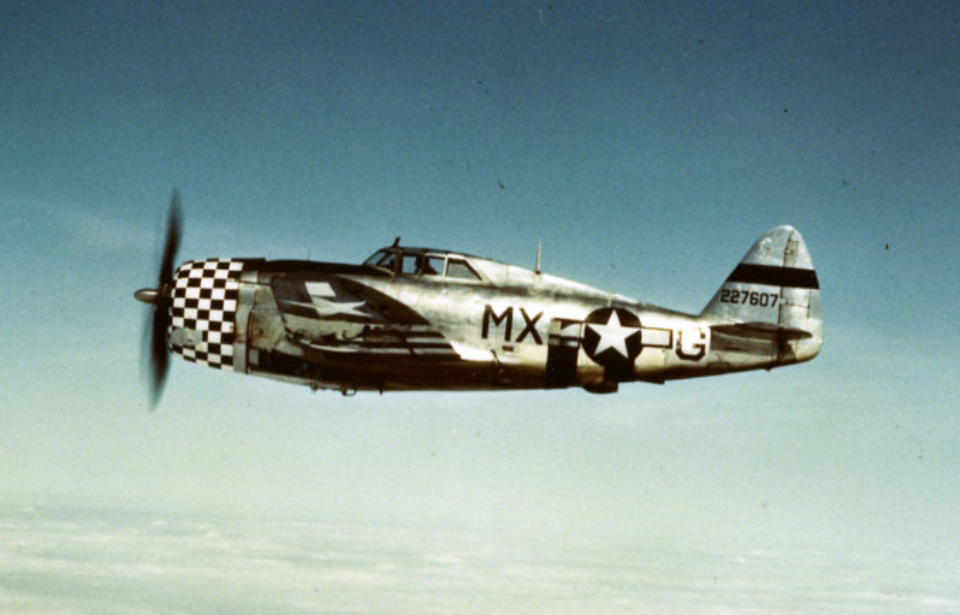The “Juggernaut,” the “Jug” – whatever you want to call it, the Republic P-47 Thunderbolt was an absolute beast in the skies over Europe and the Pacific during the Second World War. The American fighter, capable of effectively attacking targets in the air and on the ground, was incredibly popular among Allied pilots, and it gave the Axis powers a run for their money.
The following are 16 facts about the storied fighter.
Proving impressive, even in the prototype phase
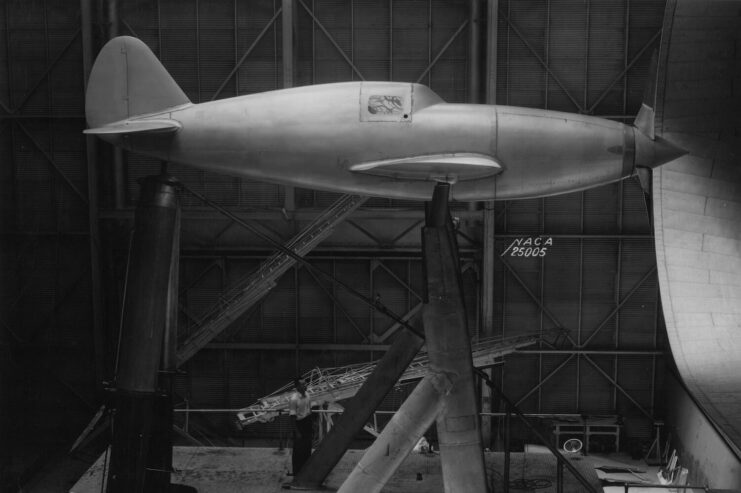
The P-47 Thunderbolt was an impressive aircraft, not only in its final form, but also in the prototype phase. Known as the XP-47B during this period, it took its first flight on May 6, 1941. Despite some issues (an oil drip that filled the cockpit with smoke), it was deemed a successful test.
Unfortunately, the XP-47B was lost in an accident, but not before reaching a top speed of 412 MPH at 25,800 feet. This impressed the US Army Air Forces (USAAF) so much that the service placed an order for 171. The first was delivered that December.
Heaviest single-seat piston fighter in the world
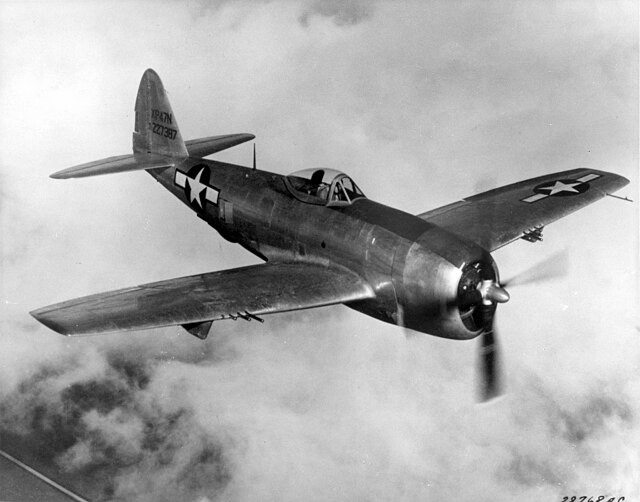
While we often think of fighter aircraft as on the lighter side, as they need to be able to easily maneuver through the air during an engagement with the enemy, the P-47 Thunderbolt was anything but light. The aircraft weighed 10,000 pounds when empty, and when loaded with fuel, ammunition and, of course, the pilot, it wound up heavier than some Luftwaffe bombers, at eight tons.
The Republic P-47 Thunderbolt had a massive propeller
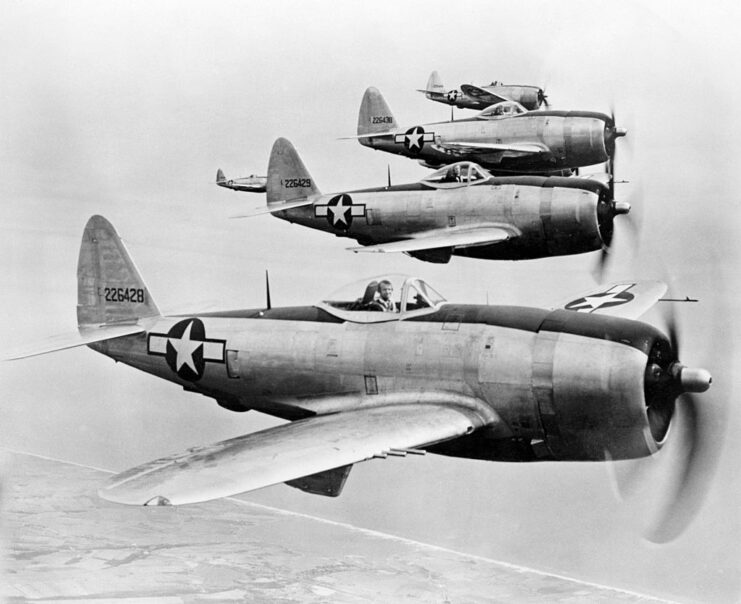
The P-47 Thunderbolt had an unusually large propeller that measured just over 13 feet in diameter. The component, powered by a Pratt & Whitney R-2800-59 engine, meant engineers were forced to adapt other parts of the design. This included a longer-than-normal retractable landing gear, as this was the only way the propeller would clear the ground.
Heavy firepower
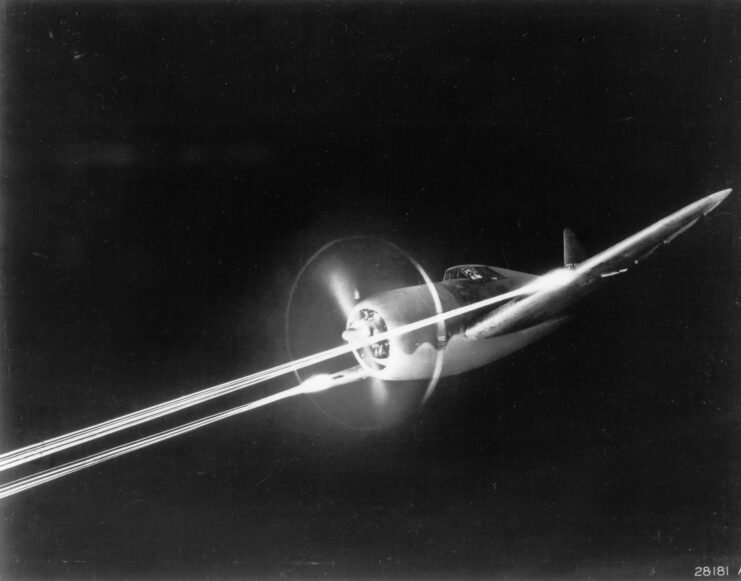
Given its role as a fighter aircraft, it’s only natural that the P-47 Thunderbolt was armed to the brim with firepower. The D-40 variant was equipped with eight M2 Brownings capable of firing 425 each and 10 High Velocity Aircraft Rockets (HVARs). It could also carry up to 2,500 pounds of bombs.
The Republic P-47 Thunderbolt featured an innovative cockpit
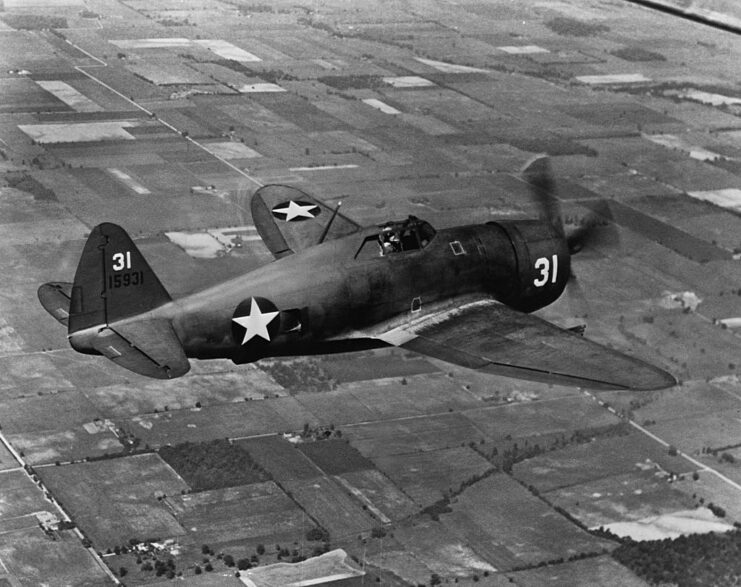
To ensure pilots weren’t uncomfortable in the heat of battle, the P-47 Thunderbolt was equipped with an innovative cockpit. Not only was it rather roomy, but it also featured electric fuel indicators, adequate ventilation, air-conditioning and variable heating for the gun bay. On top of this, the seat was incredibly comfortable, with some pilots comparing it to a lounge chair.
The D variant of the aircraft introduced the bubble canopy, which increased visibility.
Ideal for escort roles
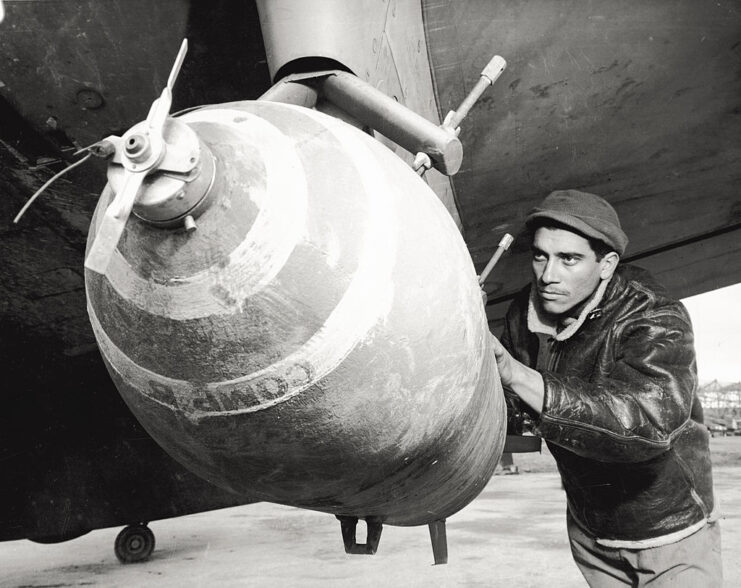
Given its agility and fuel capacity, the P-47 Thunderbolt was perfect for escorting bombers. While on strategic bombing missions, it played a dual fighter-bomber role, shooting ground targets and using belly shackles to carry and drop bombs.
With continued success in the skies, the US Army Air Forces wound up making the P-47 its primary fighter-bomber.
Adding an auxiliary fuel tank
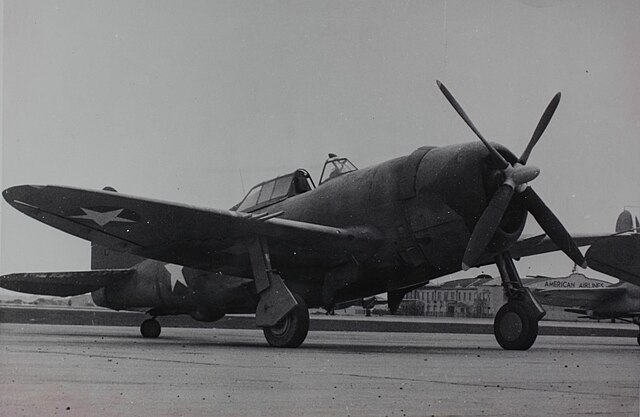
Range is incredibly important during bombing runs, which involve flying for hundreds of miles before encountering the planned target. With the P-74C Thunderbolt, an auxiliary fuel tank was added, which could be dropped once it was empty, lightening the aircraft’s load.
These auxiliary tanks were carried on combat raids, beginning in March 1944, letting the P-47C escort bombers all the way to the German capital of Berlin. By the time the P-47D was introduced, the fighter could carry up to three drop tanks, providing it with an impressive range.
Speaking of the ‘D’ variant…
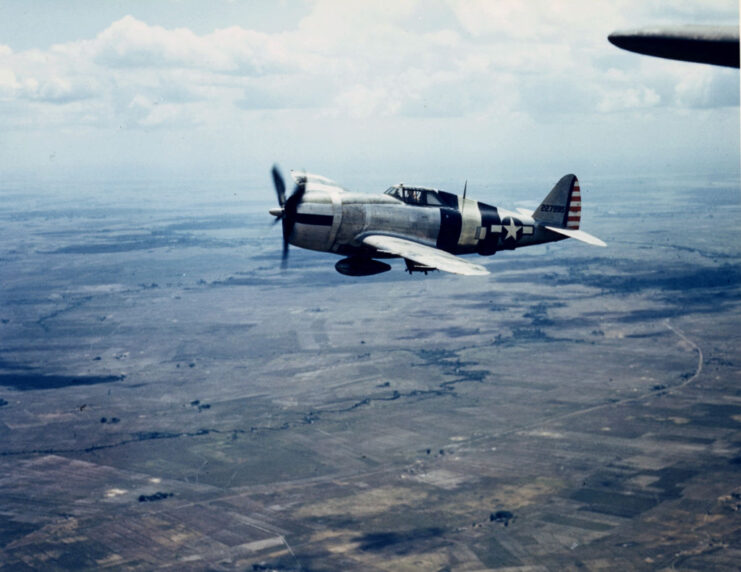
The classic version of the P-47 Thunderbolt was the D variant, which was introduced in the middle of the Second World War. The conflict had meant the US Army Air Forces needed to accelerate improvements to its fighters, and this new variant benefited from this work.
The P-47D featured a better turbocharger, a more powerful engine, an emergency booster function, tires that could withstand the roughest of airstrips and improved armor. It also saw the addition of the aforementioned bubble canopy, as well as the drop tanks and the ability to carry bombs.
Most produced American fighter aircraft of World War II
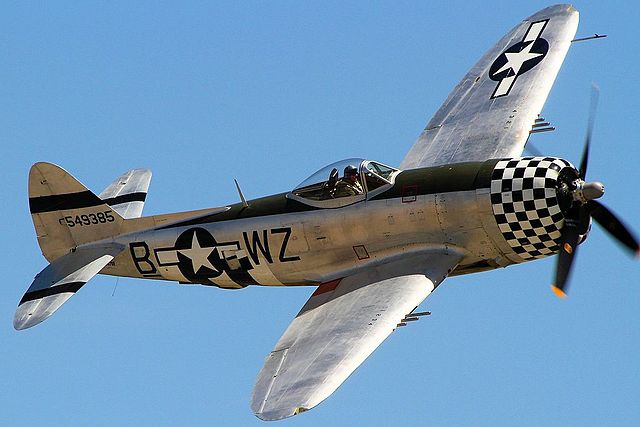
The American public dedicated themselves to manufacturing aircraft for those fighting in Europe and the Pacific, and the fighter that saw the most units leave the production line was the P-47 Thunderbolt. A total of 15,683 were produced, which comes as no surprise, given how successful it was in the skies over enemy territory.
The Republic P-47 Republic participated in over 700,000 sorties
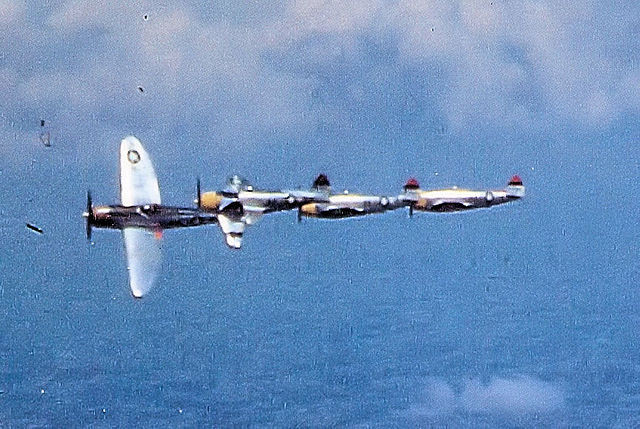
Despite the impression created by its size and weight, the P-47 Thunderbolt was an agile aircraft that became incredibly popular among pilots. While it was ultimately replaced in its long-range escort role in Europe by the North American P-51 Mustang, the fighter flew in over 746,000 sorties, with an aerial kill ratio of 4.6:1.
Flown by Gabby Gabreski
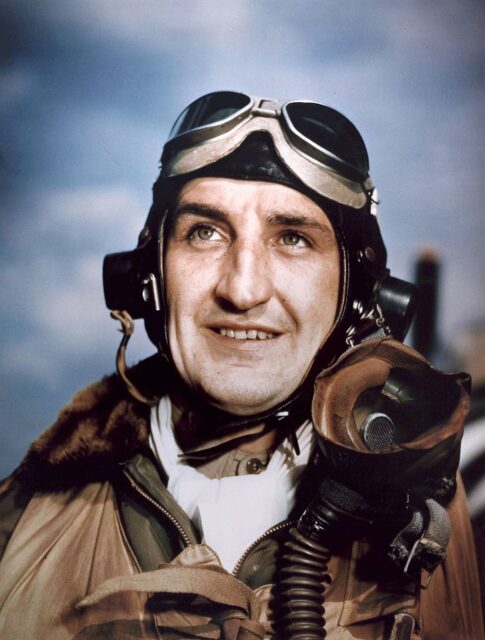
Among the pilots to fly the P-47 Thunderbolt was American air ace Gabby Gabreski, who earned the title in the Second World War and in Korea. Gabreski flew the fighter while assigned to the 56th Fighter Group, and by the end of World War II had 28 confirmed kills, with three additional aircraft destroyed on the ground.
Capable of surviving substantial damage
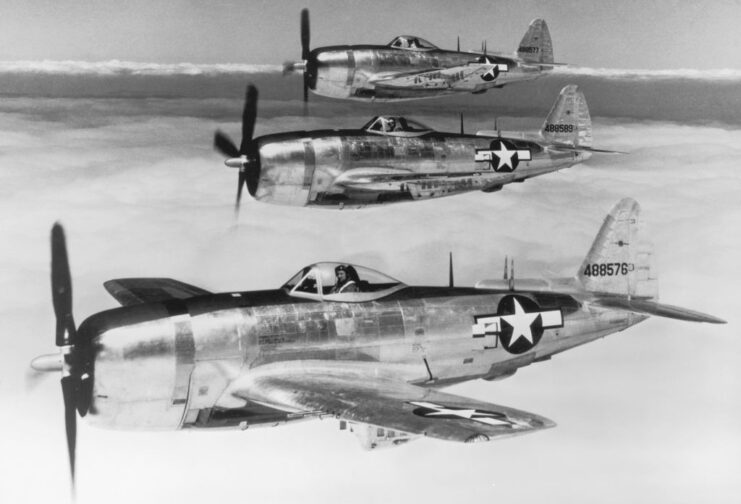
Both the P-47 Thunderbolt’s large body and its radial engine were able to survive substantial damage, making it incredibly safe to fly in combat. This meant that pilots knew that when they entered the cockpit they’d return to base.
Republic P-47M Thunderbolt
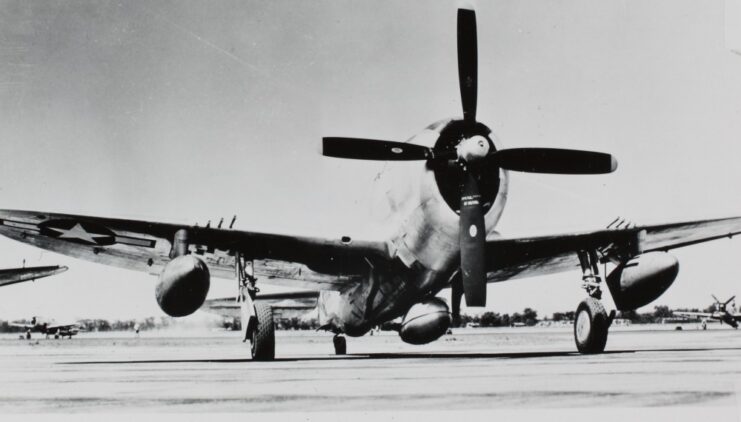
Built for speed following the advent of the V-1 flying bomb and jet technology, the Republic P-47M was capable of hitting a top speed of 473 MPH. However, the addition of a new engine, supercharger and brakes only resulted in new issues, which delayed the aircraft’s debut to just a few weeks before the war in Europe ended in May 1945.
The first issue, a cracked ignition harness, was found after one of the P-47Ms crashed. This was followed by the discovery of a problem with the fuel carburetor diaphragm and rust in the pistons.
What about the ‘N’ variant?
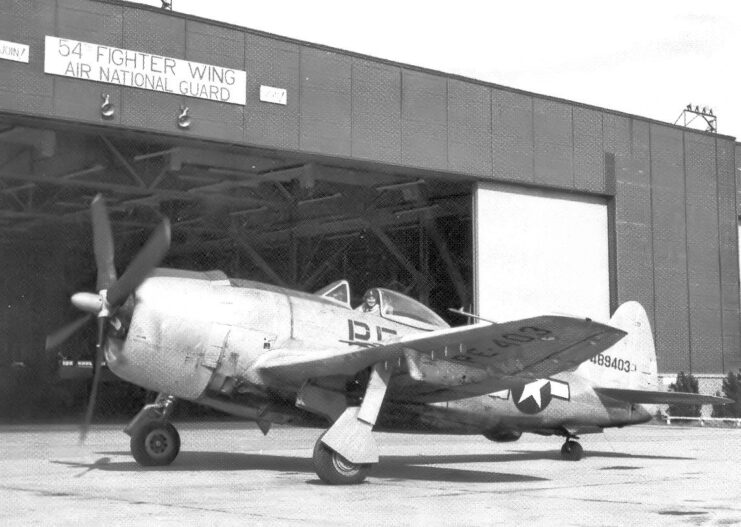
With the war in the Pacific raging on, the P-47M Thunderbolt was updated to include a longer-span wet-wing with squared-off wingtips. This upgrade not only gave pilots more control when it came to turning, but also afforded an increased fuel capacity, with the N variant capable of flying 2,350 miles.
The Republic P-47 Thunderbolt saw active service with the Allies
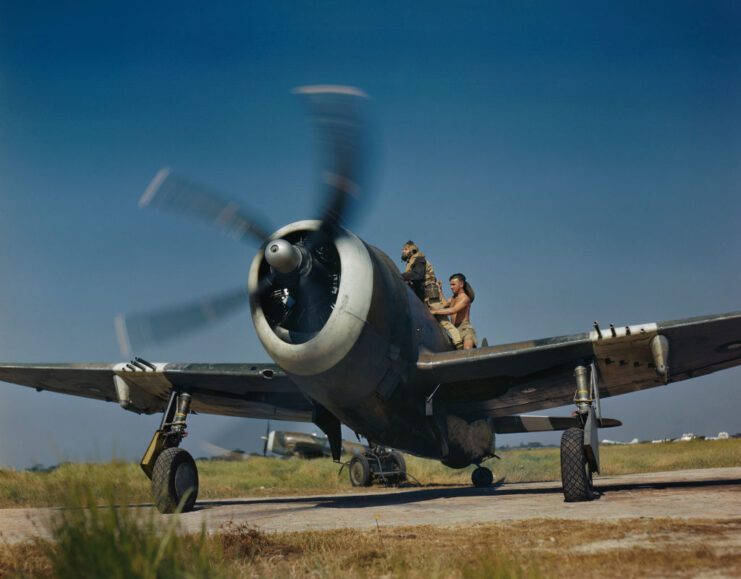
Several Allied countries outside of the United States flew the P-47 Thunderbolt. The Royal Air Force (RAF) received 250 units of the D variant, designated the “Thunderbolt Mark I,” and 590 P-47D-25s, dubbed the “Thunderbolt Mark II.” As well, the Free French Air Forces (FAFL) received 446 P-47Ds, which aided in their efforts in both France and Germany.
On top of this, the Brazilian Air Force’s 1st Fighter Squadron flew 48 P-47Ds during the Italian Campaign, with a section of the Mexican Air Force, under the purview of the US Army Air Forces, operating the fighters in the Philippines.
The Soviets weren’t all that impressed…
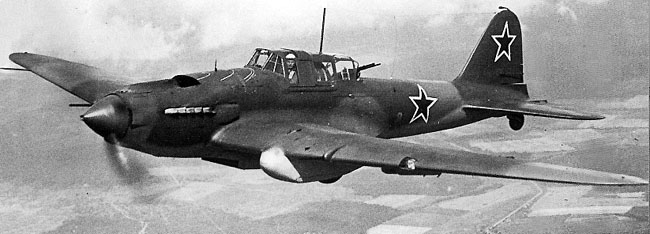
More from us: Hughes XF-11: The Aircraft That Almost Took Out Its Creator
While the Soviet Union received the P-47 Thunderbolt, the Red Army wasn’t all that impressed with the aircraft. Instead, it was decided the Ilyushin Il-2 would be the Russians’ primary fighter, with over 38,000 being built over the course of WWII.
